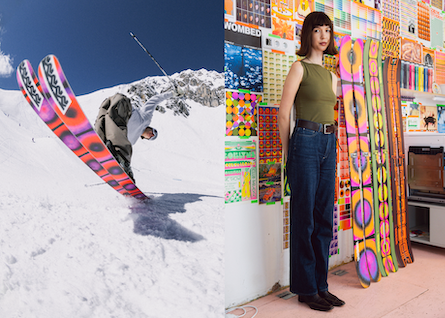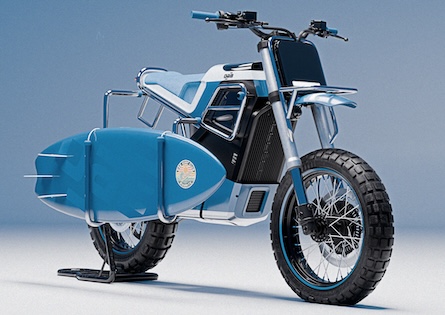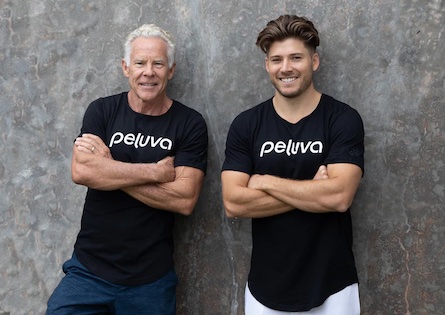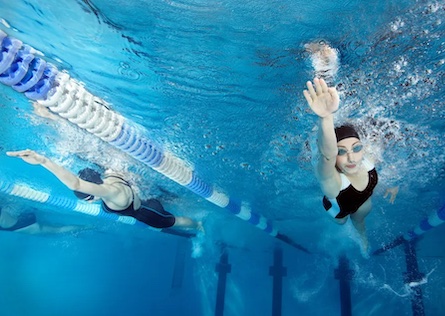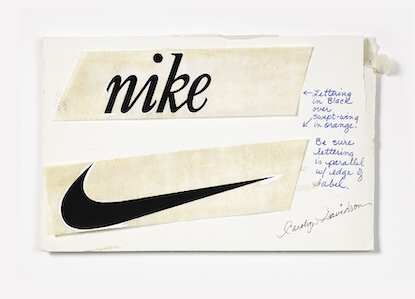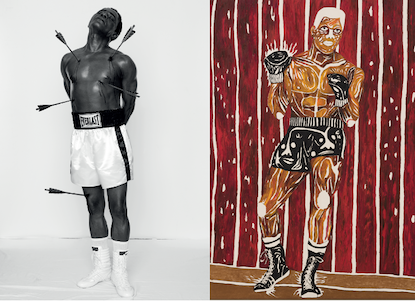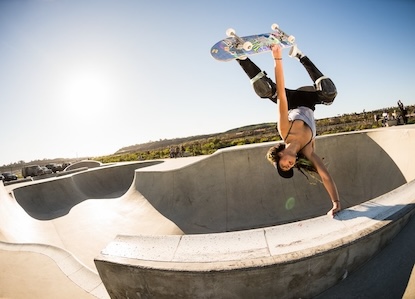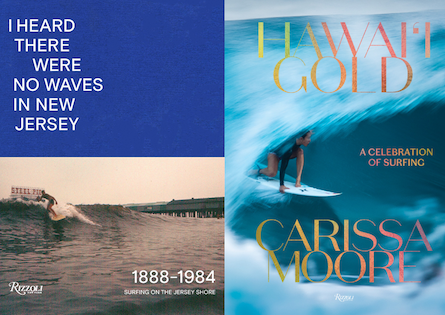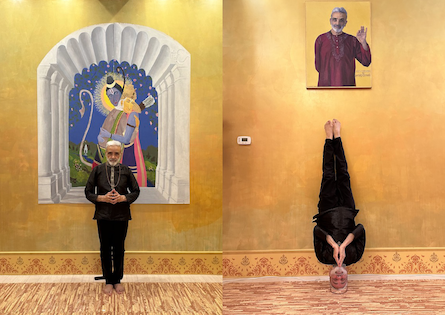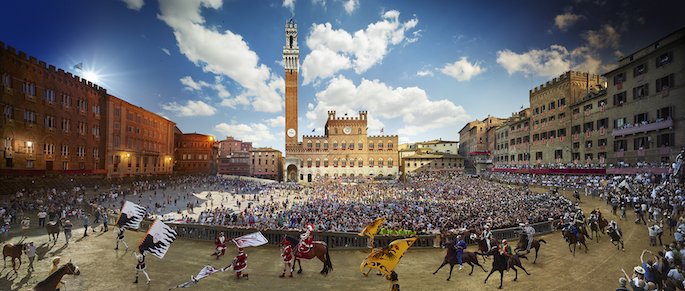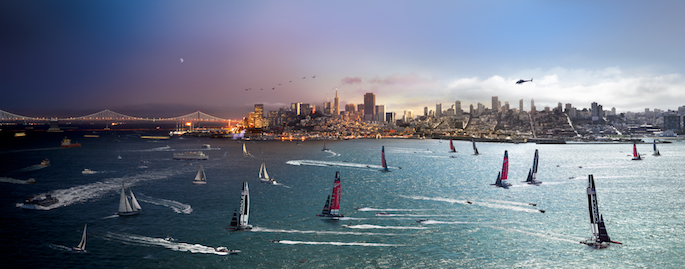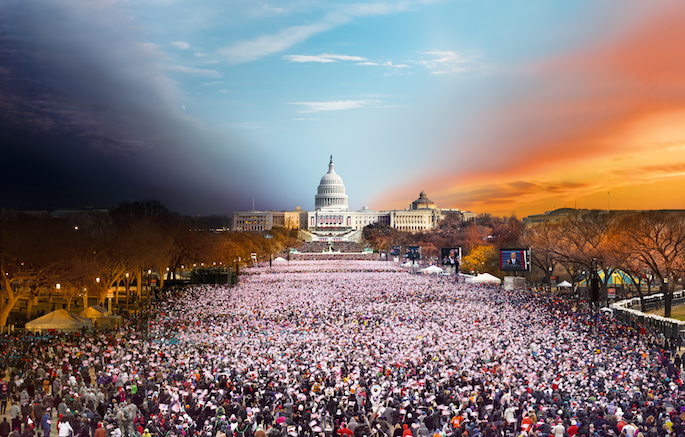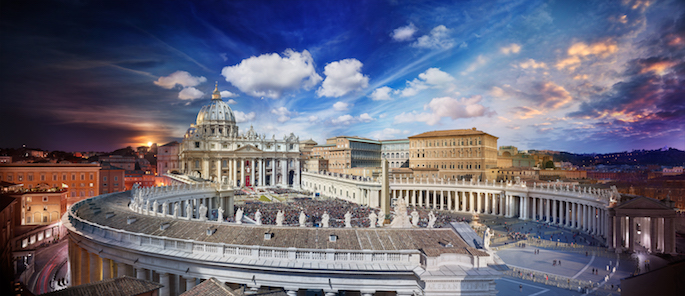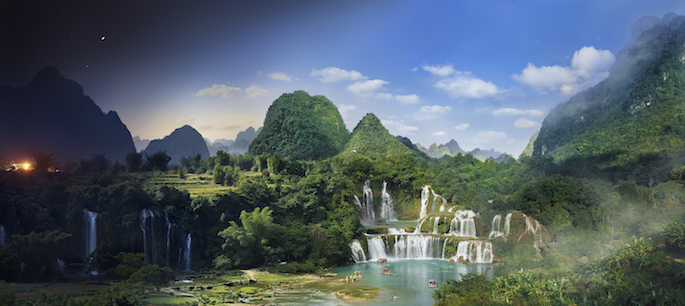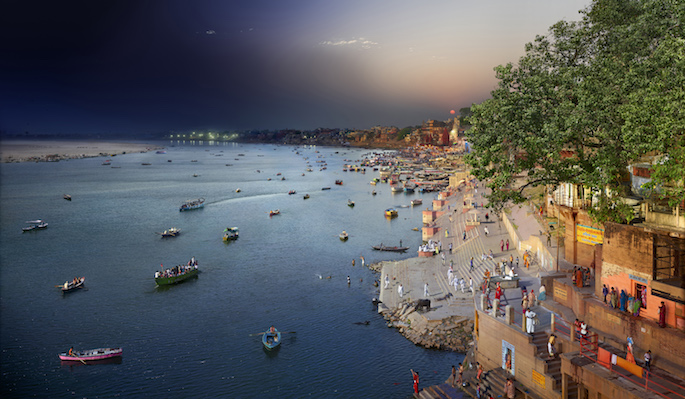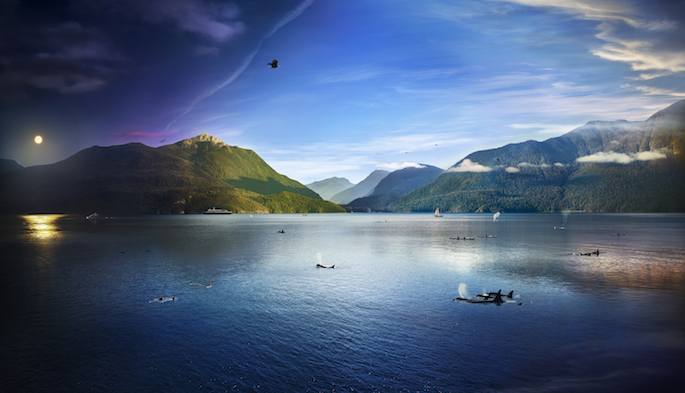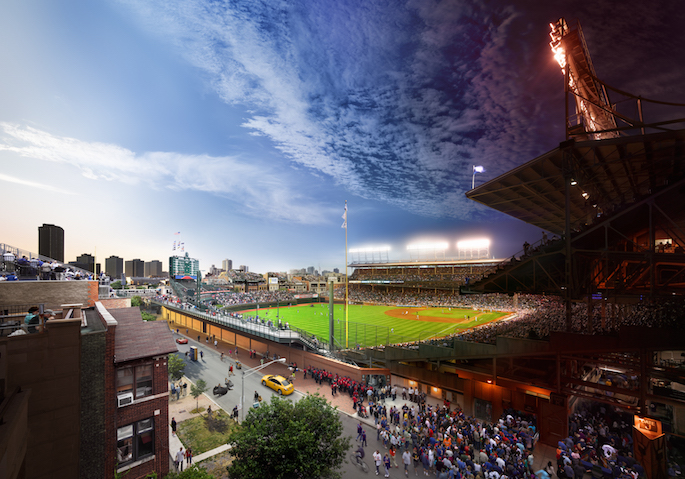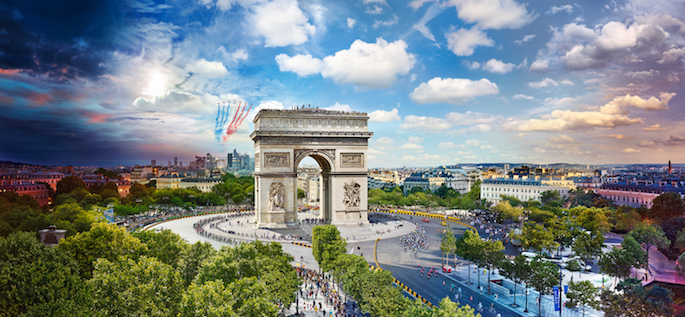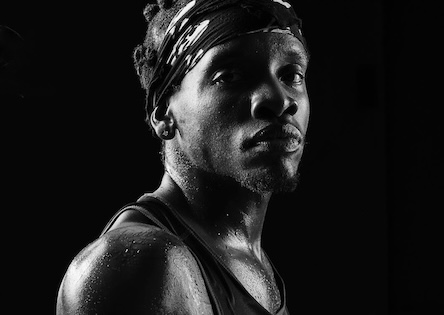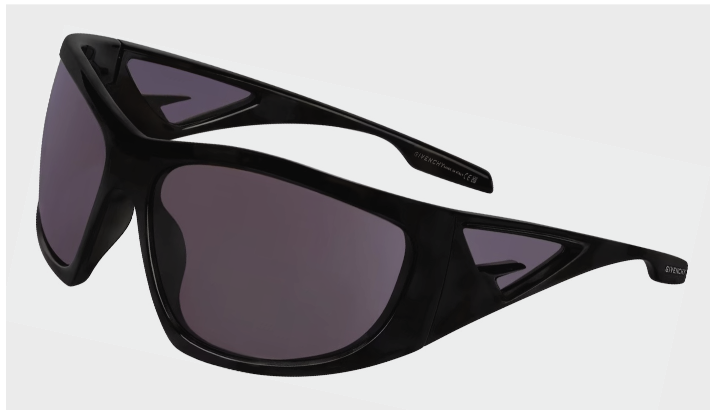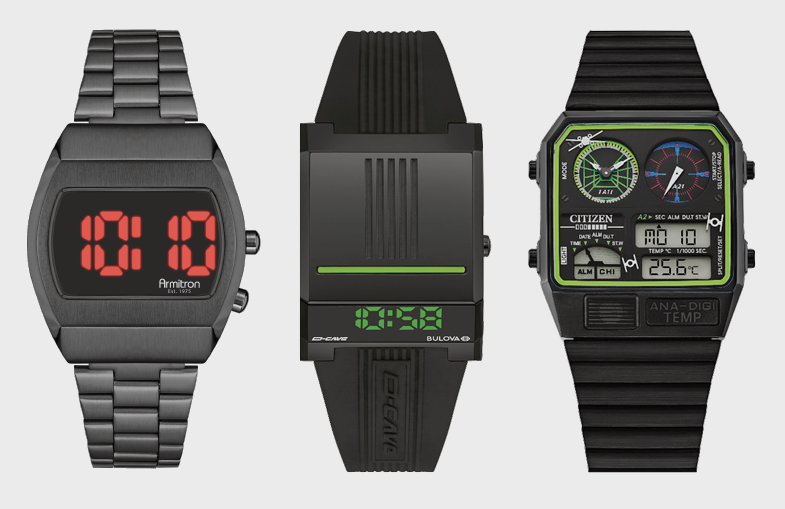TOP: PALIO DI SIENA, ITALY, 2016; AMERICA’S CUP, SAN FRANCISCO, 2013
Now on view at Bryce Wolkowitz Gallery is “Day to Night”, the second exhibition of works on this theme by photographer Stephen Wilkes. The images represent a visual exploration of an iconic location, photographed from daybreak to nightfall, often capturing an historical event from start to finish: Easter Mass at the Vatican in 2016; the Inauguration of President Obama at the U.S. Capital in 2013; and on our Style of Sport beat, the final stage of the Tour de France in Paris in 2016.
At first glance, what is most obvious in these photographs is the light changing as time progresses from day into night. On closer inspection however, which is mandatory, what you see is everything that happened during that time span, seamlessly compressed – literally — into one image. Taken from a single fixed position, Wilkes selects from hundreds of moments captured, putting together all these slivers of time and what occurred within them, into a single image. For his sport photographs, our point of entry, like the Tour de France mentioned, the famous Palio horse race in Siena, or the America’s Cup in San Francisco Bay – we see the start, middle, and finish of the race all in one view.
Fascinated and enamored of his work, we had the opportunity to tour the gallery with Wilkes, and chat about his process, objectives, and what draws him to a particular place and time.
INAUGURATION, WASHINGTON D.C., 2013
STYLE OF SPORT: How did you get started on this Day to Night series?
STEPHEN WILKES: The foundation of the idea came in 1996 for a picture of Baz Luhrmann’s “Romeo & Juliet” for Life magazine. The concept was to pay homage to a series Life did in the 40’s called “The Big Picture”. I had to have the whole cast and crew in the photograph. They wanted a panorama, but when I got on the set it was actually a square. I wondered how do you make this into a panorama? I got inspired by David Hockney who was doing these photo mosaics at the time and thought wait a second, I could shoot 250 single images. I could take the square and open it into a panoramic shape.
As I photographed the scene, I panned my camera and took all these separate pictures. I had Clare Danes and Leonardo DiCaprio in the middle embracing. There was a mirror standing in the atrium, and in the mirror, they were reflecting perfectly with the cast and crew. I said, “Everybody hold perfectly still except Clare and Leonardo. I just want you to kiss.” I came back and put all these pictures together and realized this is so cool. I’m changing time in a picture. That’s where the first seed of the idea came.
SOS: What attracts you to a location?
SW: I look for these places that are what I call part of our “collective memory”, and that I find I’m very passionate about. They’re just magical. I feel that they really lend themselves to this kind of an exploration. I’m drawn to landscapes or architecture that allow me the ability to change time in a way, and bring a new kind of clarity and new way of seeing that place. Those are the things I think about initially. Then I have to figure out how to get there, and of course, how do I get a view that captures it in its totality.
TOP: EASTER MASS, VATICAN, ROME, 2016; DEITAN FALLS, GUANGXI, CHINA, 2016
SOS: What brought you here to Detian Falls?
SW: I search out these locations that speak to me in a way and this is one of those places. It is a remarkable place on the border of China and Vietnam. I had seen a photograph online and didn’t believe it was real. I thought somebody had photoshopped the waterfalls into these mountains. I’ve been all over the world and never seen a relationship like this before with this scale. That is what struck me, and the magical majestic beauty of this landscape. I thought can you imagine changing time through a landscape like this? There is a dimensionality that I’m exploring. For me this had all the elements. I knew I had to do a Day to Night there.
SOS: Can you take us through this picture?
SW: As you can see in the morning I have fog and you can feel the fog in the side of the frame. Then you feel the light rotate, and you begin to see as sunlight rotates into the waterfalls. As I was doing this photograph I started noticing things like guys fishing on the Vietnamese side. It looks like some villagers are going to go swimming. A woman here is posing for her husband. You see a couple getting married. You actually see a photographer taking a picture of her in a wedding dress. These are just things that happen.
All these little magical moments are such a big part of these photographs. It’s the story telling that I’m very interested in. The idea of time is something I don’t want you to recognize immediately. If I’ve done my job right, you just fall in love with the whole image. Once I invite you into the image, then I want you to experience the day as I remembered it. It’s really recreating my memory of the best moments of that day.
SOS: How do you find your vantage point?
SW: For Deitan Falls I was actually in a hotel which is a great gift. There was one room that had this view. It was a joy for me to actually have a bathroom. When I’m shooting from a cherry picker for 18 hours that’s the other extreme.
VARANASI, INDIA, 2016
SOS: What have been some of the most challenging locations?
SW: It was 108 degrees taking this picture in Varanasi. The feel-like temperature was 120. I was on top of a sewage treatment tower — the only one in Varanasi. It was the highest and closest to the water. That’s why I had to be there, because I wanted this view. Behind me was the single largest area where they burn dead bodies. Between the ash and the smell, it was as intense an experience as you can imagine. I’m really happy I got this picture though. It was worth it.
SOS: Do you have any favorites?
SW: Robson Bight in British Columbia. This one is about 36 hours and I spent all night. I watched the moon rise and I watched it set. It’s one of the most beautiful places in the world. It’s the only place where these Orca whales come and what they do is brush themselves on the rocks that are only found in this area. They are these round almost therapeutic stones you’d find in a spa. It’s like Orca spa central, but it’s also a very busy channel in terms of traffic. You have cruise ships that come through. You have sailboats. You have fishing boats. You’ve got kayakers. You’ve got sea lions. Bald eagles. You’ve got everything going on in this place.
SOS: How many photographs do you actually take to create one image?
SW: About 2000 images. There are very specific moments that I mark based on where time happened. All these things create what I call the “master plate”. Then the image gets created on whatever time vector suits. Up and down, left to right, diagonally. It really depends on the axis that I decide to change time.
SOS: And how many frames are ultimately included?
ROBSON BIGHT, BRITSH COLUMBIA, 2016
SW: On average I use about 50 images. I decide where day begins and where night ends. As time changes I pick the best moments so you can see the light rotate. You can see the color change. Going from the morning into midday into the afternoon, you can see how the light shifts into sunset, into the night, and the moon rising.
SOS: When you’re putting these together are there things you discover that you didn’t even realize were there?
SW: Oh yeah, absolutely. It takes me a month to edit is because I rediscover my work. Even though I may have selected a particular image and thought I have a great shot here, whatever moment it is, there are literally hundreds of other moments going on that I’m not focused on. Generally these places I choose to photograph have lots of stuff going on, so when I edit, I begin to go through and discover other moments.
SOS: When somebody looks at these pictures they don’t necessarily see this all right away.
SW: No, that’s the beauty of it. I try to create a perfect harmony between these two very discordant worlds. If I’ve done my job right you get captivated by the image and not the technique.
SOS: It really is a day in the life. It’s 24 hours of life. 24 hours of what happens in one place. It’s really phenomenal.
SW: Thank you. I feel like this is the most exciting time in the history of photography because of technology. Why does a still photograph have to be one image? Why can’t it be hundreds of images? And why can’t I actually compress time in a single image?
WRIGLEY FIELD, CHICAGO, 2013
I want people to experience the magic of a day. When I do these pictures it’s almost like a meditative study of a place. I get to look long term and it informs me in a way that nothing else can. I see humanity and I learn things about elements of life just by observation. It’s not just a pretty picture. It’s something more that I’m trying to share. It’s about stopping for a second and looking deeper. I want you to come inside and look at what I saw. You’re having a real-time experience inside my picture. I want you to get lost in it and just explore.
SOS: I want to ask you about some of the sports images you have photographed, since that’s our point of entry here. We’re standing in front of the Tour de France. You’ve done the Palio. You’ve done others that are not here like Wrigley Field and America’s Cup. You’ve got surfing in Ipanema Beach so I’m going to count that one. What has drawn you to these places and events?
SW: Wrigley Field was the first sports location. I’m a big baseball nut. There was history involved in what drove me to make that picture. I had read they were going to build a new scoreboard. This iconic baseball stadium, Wrigley Field, was going to change forever. I thought, ‘Oh my god, I’ve got to do a Day to Night there.’ Of course, I was thinking about a Day to Night double header. Those don’t happen anymore unless you have a rain out. We picked the day. I got the location and sure enough July 16 was double header. The view I shot doesn’t exist anymore.
SOS: Tell me about the Tour de France. This is taken at the finish of the race at the Arc de Triomphe on the Champs-Élysées in Paris.
TOUR DE FRANCE, PARIS, 2016
SW: I love cycling. Again, this was about history. One of the reasons I’m drawn to these events is because there are always special memories associated with specific Tours, certain riders who win. I wanted to shoot the Champs-Élysées. I wanted a view that nobody had seen before. I needed it to be intimate yet capture the magnitude and the scope of what was happening. I was so thrilled to be able to get this perspective.
In this one time is a diagonal. You see early morning just before the race. I’m a cyclist and one the things I love is that people can actually ride their bike on the same path that all the great cyclists are going to ride an hour later. Now time is changing and it’s the beginning of the women’s race. Now it’s midday in the center of the picture. Watch the light. See how it’s front lit in the morning? Now it’s top lit and you see the parade going on. Light begins to rotate and now it’s side lit. Then it’s backlit and the men’s race has started. You get the flyover of the F16’s. You see the leader in the yellow jersey. Then comes the best part… see how the people are watching the race? Watch how their heads turn and suddenly they are looking at the TV screen. They are waiting for the last stage to see the winner. That is the actual moment that he wins the Tour de France. It’s literally the whole race. That’s the amount of detail that I go into to tell the story.
SOS: Amazing! Are there other sporting events you want to photograph?
SW: I tried to do the World Series actually, Yankees-Red Sox. The owner of the Red Sox was into it and was trying to clear it for me but Major League Baseball said no. The reason I got away with the Cubs is because I shot it from outside the stadium. I’m a big football fan so I might do something with the Giants at some point. I was thinking the Boston Marathon would be amazing after what happened there.
SOS: Or what about the NYC Marathon?
SW: Yes, it would be cool to get it at the start with the bridge — get all the people running, get all the cars driving. Or the Daytona 500 would be amazing… and the Kentucky Derby.
SOS: The possibilities are endless, and such fun to think about. We can’t wait to see what’s next!
